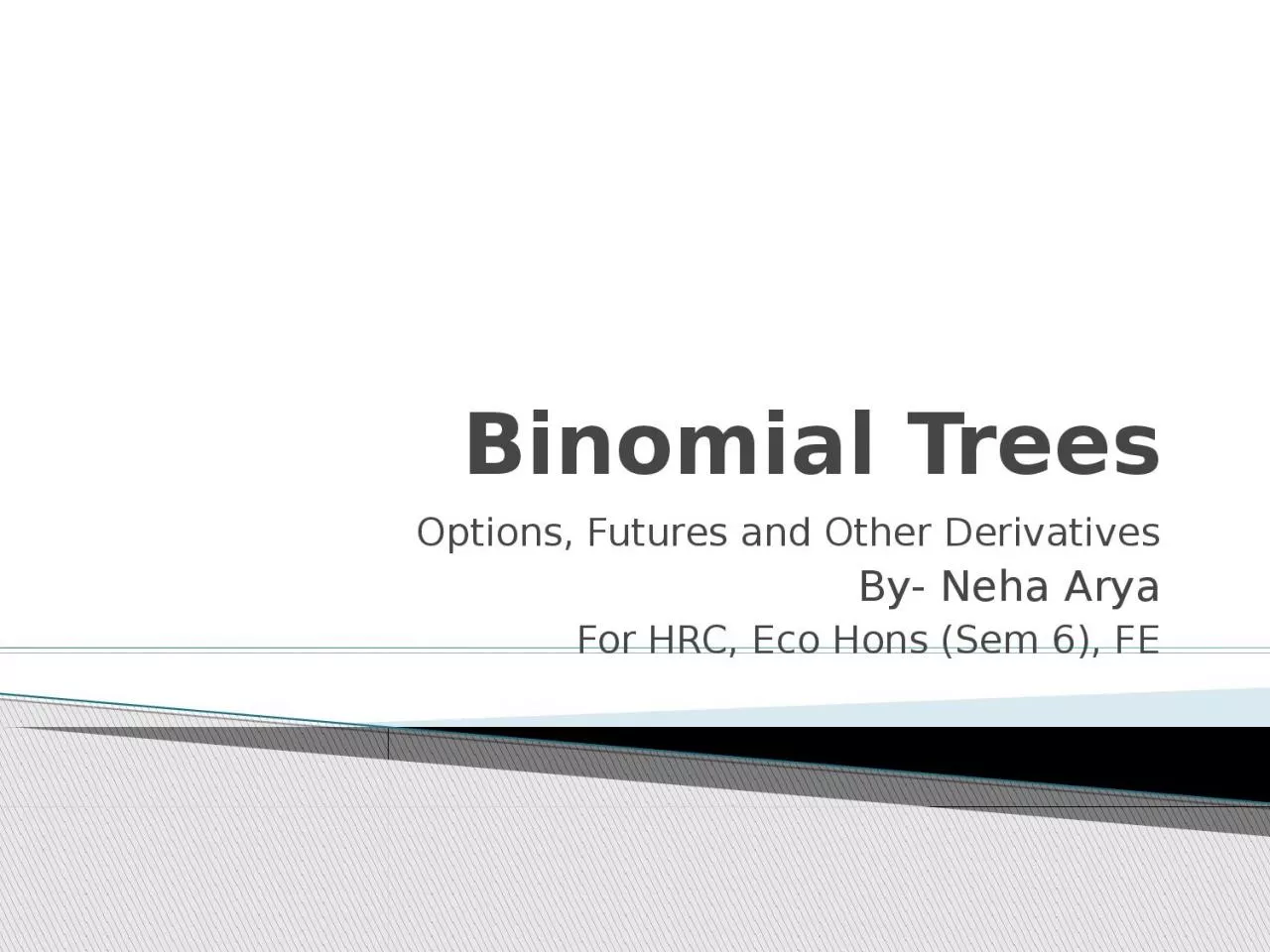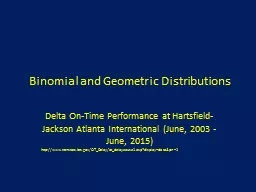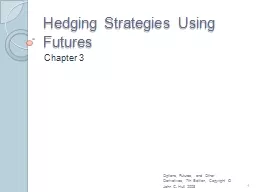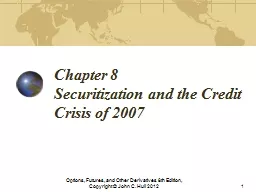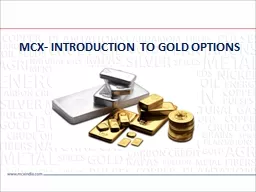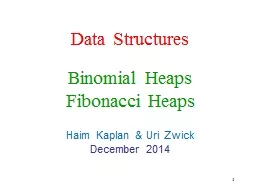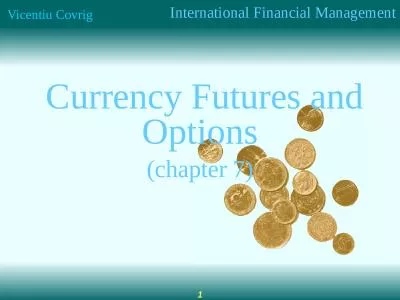PPT-Binomial Trees Options, Futures and Other Derivatives
Author : williams | Published Date : 2023-11-03
By Neha Arya For HRC Eco Hons Sem 6 FE A binomial tree is one of the popular ways of pricing an options contract
Presentation Embed Code
Download Presentation
Download Presentation The PPT/PDF document "Binomial Trees Options, Futures and Othe..." is the property of its rightful owner. Permission is granted to download and print the materials on this website for personal, non-commercial use only, and to display it on your personal computer provided you do not modify the materials and that you retain all copyright notices contained in the materials. By downloading content from our website, you accept the terms of this agreement.
Binomial Trees Options, Futures and Other Derivatives: Transcript
Download Rules Of Document
"Binomial Trees Options, Futures and Other Derivatives"The content belongs to its owner. You may download and print it for personal use, without modification, and keep all copyright notices. By downloading, you agree to these terms.
Related Documents

